Search Images
Browse Content (p. 721)
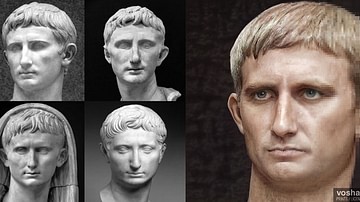
Image
Augustus (Artistic Facial Reconstruction)
A photorealistic representation of what the Roman emperor Augustus (r. 27 BCE-14 CE) may have looked like as a young man. Pictured alongside the reconstruction are the busts and statuary used as references. From left to right and top to bottom...
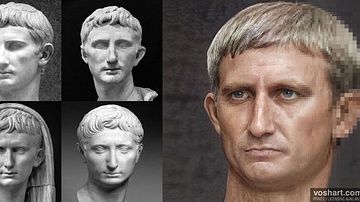
Image
Augustus (Aged Artistic Facial Reconstruction)
A photorealistic representation of what the Roman emperor Augustus (r. 27 BCE-14 CE) may have looked like as a middle-aged man. Pictured alongside the reconstruction are the busts and statuary used as references. From left to right and top...

Image
Augustus (Composite Artistic Facial Reconstruction)
A photorealistic representation of what the Roman emperor Augustus (r. 27 BCE-14 CE) may have looked like as a young man. Based on contemporary and near contemporary descriptions, as well as archaeological evidence such as the Augustus of...
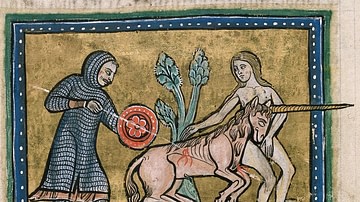
Image
Unicorn from the Rochester Bestiary
This image is from a medieval bestiary known as the Rochester Bestiary (c. 1230 CE), currently held at the British Library in London. Popular in the Middle Ages, bestiaries were illustrated manuscripts containing descriptions of plants, rocks...
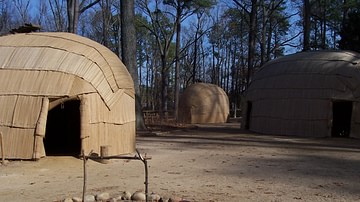
Image
Jamestown Settlement - Powhatan Village
Reconstructed 17th-century CE Powhatan Village at the Jamestown Settlement living history museum.
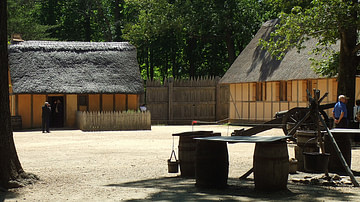
Image
Jamestown Settlement - English Homes
Reconstructed English homes of 17th-century CE Jamestown Colony of Virginia.
Jamestown Settlement living history museum.
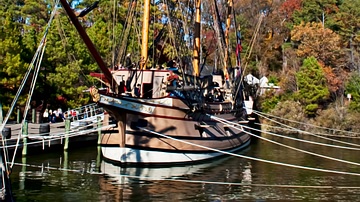
Image
The Susan Constant
Replica of the ship Susan Constant at Jamestown Settlement, Virginia.

Image
Historic Jamestowne
Jamestown Church at the archaeological site of the 17th-century CE Jamestown colony of Virginia.
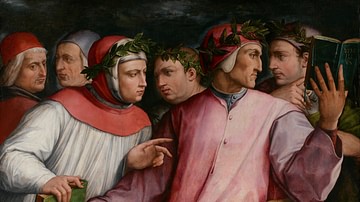
Image
Six Tuscan Poets by Vasari
The 1544 painting by Giorgio Vasari (1511-1574) known as the 'Portrait of Six Tuscan Poets'. The poets are (left to right): Cino da Pistoia, Giuttone d'Arezzo, Petrarch, Giovanni Boccaccio, Dante Alighieri and Guido Cavalcanti. (Minneapolis...
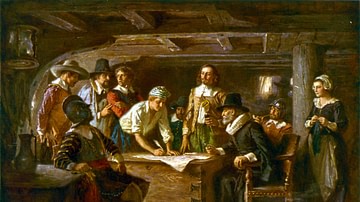
Image
The Mayflower Compact
The Mayflower Compact, 1620 by Jean Leon Gerome Ferris Passengers of the Mayflower signing the "Mayflower Compact" including Carver, Winston, Alden, Myles Standish, Howland, Bradford, Allerton, and Fuller. Postcard published by The Foundation...